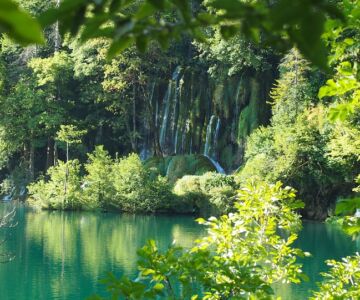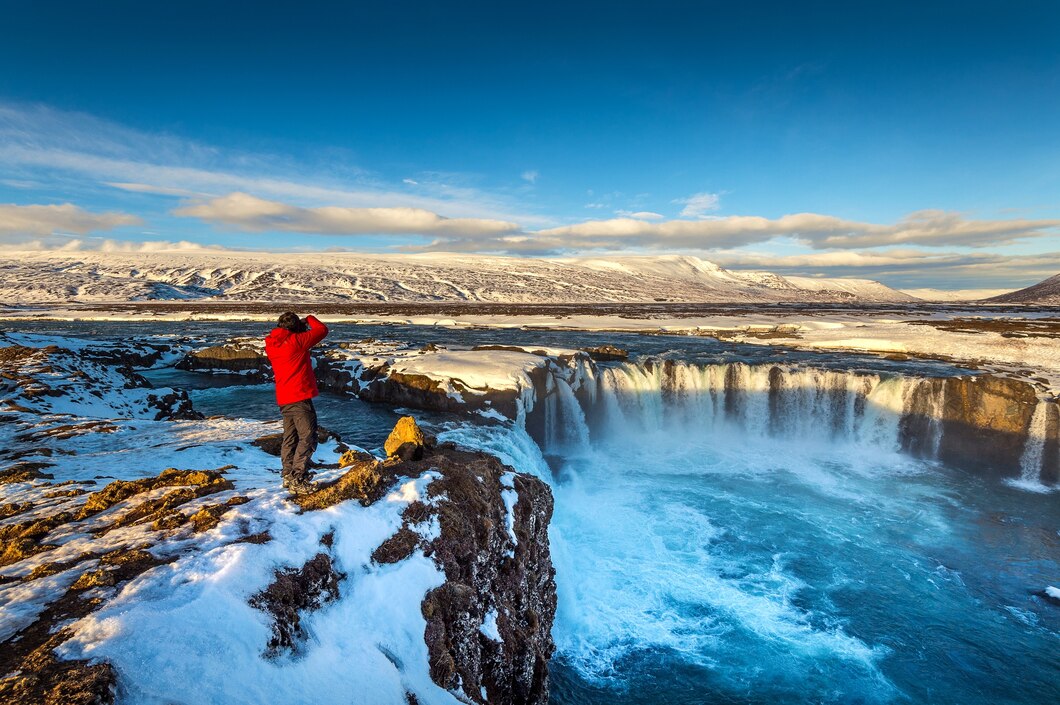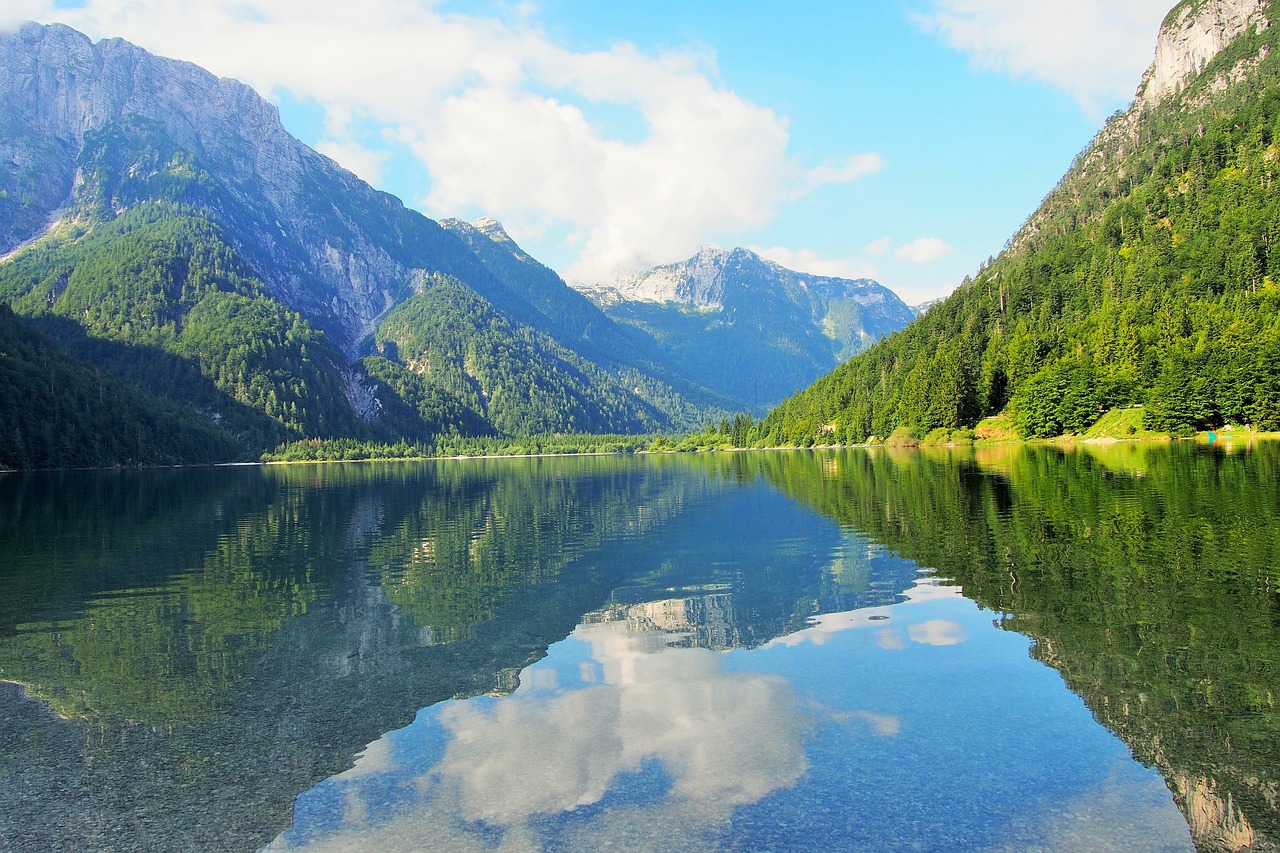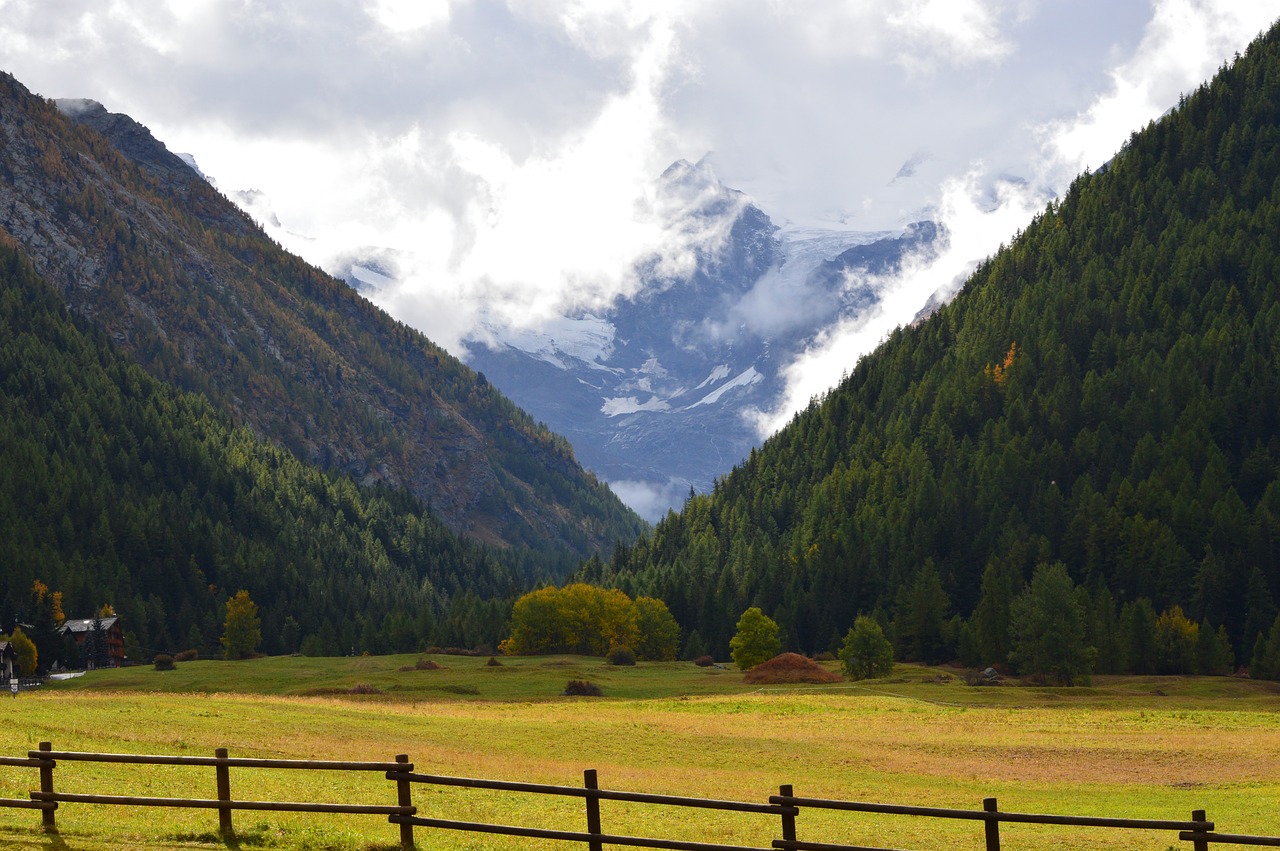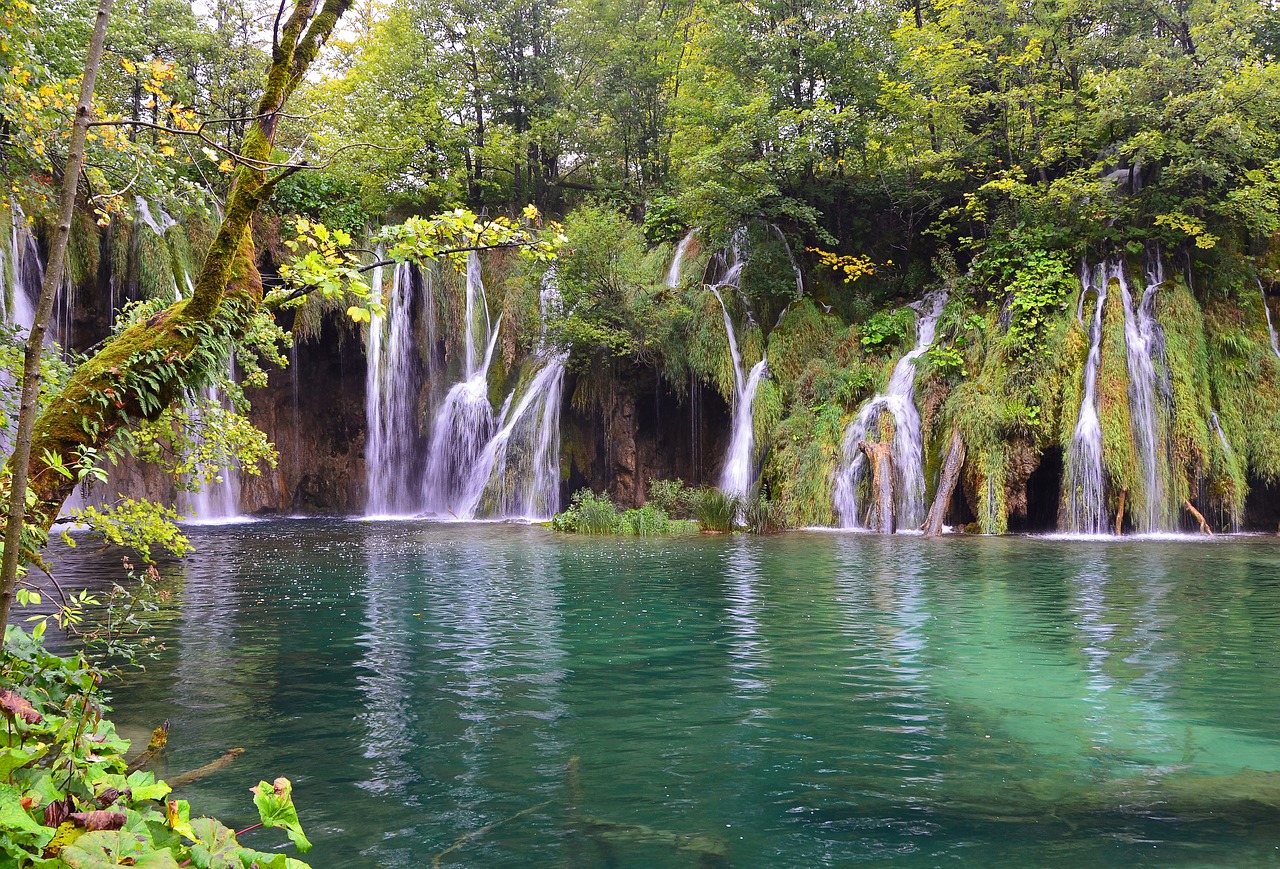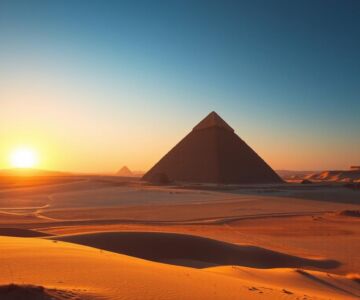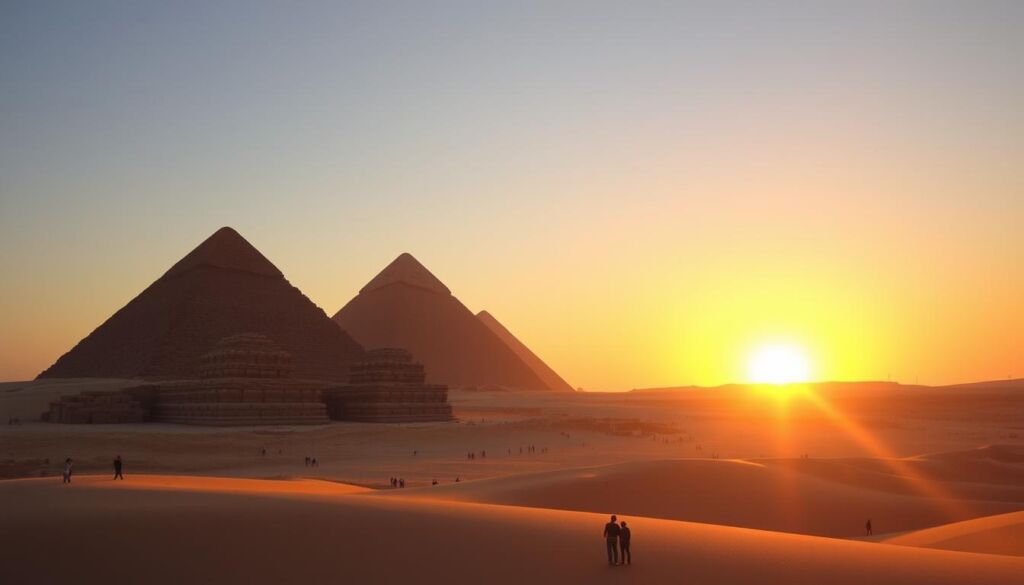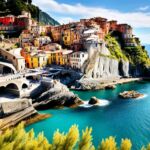Our planet has some very cold spots that make you wonder and admire. These icy lands are more than places with freezing temperatures. They show the strong will and hard work of people and tools. The Eastern Antarctic Plateau and the Vostok Research Station in Antarctica have seen crazy cold weather. It was so cold that normal thermometers couldn’t even work. But, these places are full of active science, studying climate, rocks, stars, and health. This article looks into these super cold places. And it tells the amazing stories of how people endure there.
Key Takeaways
- The Eastern Antarctic Plateau holds the record for the lowest temperature ever recorded on Earth at approximately -94°C.
- Vostok Station in Antarctica recorded the lowest air temperature directly measured at -89.2°C.
- Oymyakon, Russia, is the coldest permanently inhabited place on Earth with a temperature of -67.8°C recorded in February 1933.
- Mount Denali in North America recorded the lowest temperature in the United States at -73.8°C between 1950 and 1969.
- The world’s coldest places offer invaluable insights for climate, geological, astronomical, and biomedical research.
The Eastern Antarctic Plateau
The Eastern Antarctic Plateau shows the planet’s coldest places. Its high ice sheet, 3,800 to 4,050 meters tall, is key for Antarctic exploration and research. Scientists love this area for its extremely low temperatures, ideal for studying climate change.
Geographical Significance
The Eastern Antarctic Plateau is big. It includes places like Dome Argus and Dome Fuji. These sites are important for finding very old temperature records. Because it’s so high up and far away, it’s extremely cold. This makes it perfect for deep scientific studies and learning about Earth’s climate history.
Record Temperatures
The Eastern Antarctic Plateau is the coldest place on Earth. It hit a freezing minus 144 F (minus 98 C). Before, the Vostok Research Station in Antarctica had the record at minus 128.6 F (minus 89.2 C). Even colder than Oymyakon, Russia, which got to minus 96.2 F (minus 71.2 C).
| Location | Temperature (°F) | Temperature (°C) |
|---|---|---|
| Eastern Antarctic Plateau | -144 | -98 |
| Vostok Research Station, Antarctica | -128.6 | -89.2 |
| Oymyakon, Russia | -96.2 | -71.2 |
| Klinck Weather Station, Greenland | -93.3 | -69.6 |
| Yakutsk, Russia | -80 | -62.2 |
Scientific Research at the Plateau
The Eastern Antarctic Plateau isn’t just super cold. It’s also a key place for scientific expeditions. Ice core research on the plateau is vital. It helps scientists find out about Earth’s old climate. This is very important for understanding the climate today and in the future.
Vostok Station, Antarctica
Vostok Station is a key place for studying the poles. It sits 3,488 meters high (11,444 feet), not far from the South Pole. This area is famous for its incredibly cold weather and holds the record for Earth’s lowest natural temperature at −89.2°C (−128.6°F).
The station is mainly for doing ice core research. It has about 30 people working there in the summer and 15 in the winter. Even though it rarely snows and gets very little rainfall each year, the work done is very important.
Vostok Station’s main study area is Lake Vostok under the ice. This lake is home to unique life forms. It gives us hints about the planet’s past climate and how life survives in extreme conditions.
| Parameter | Value |
|---|---|
| Elevation | 3,488 meters (11,444 feet) above sea level |
| Distance from South Pole | 1,301 kilometers (808 miles) |
| Annual Precipitation | 22 millimeters (0.87 inches) |
| Minimum Recorded Temperature | −89.2°C (−128.6°F) |
| Maximum Staff (Summer/Winter) | 30/15 |
| Days of Snowfall per Year | 26 days |
The station is crucial for understanding Earth’s changes over many years. They use ice cores to learn about past climates. This helps scientists study today’s climate and plan for the future.
Vostok Station is vital in exploring cold, isolated parts of the world. It helps us see Earth’s history and how our actions impact the planet.
Oymyakon: The Coldest Permanently Inhabited Place
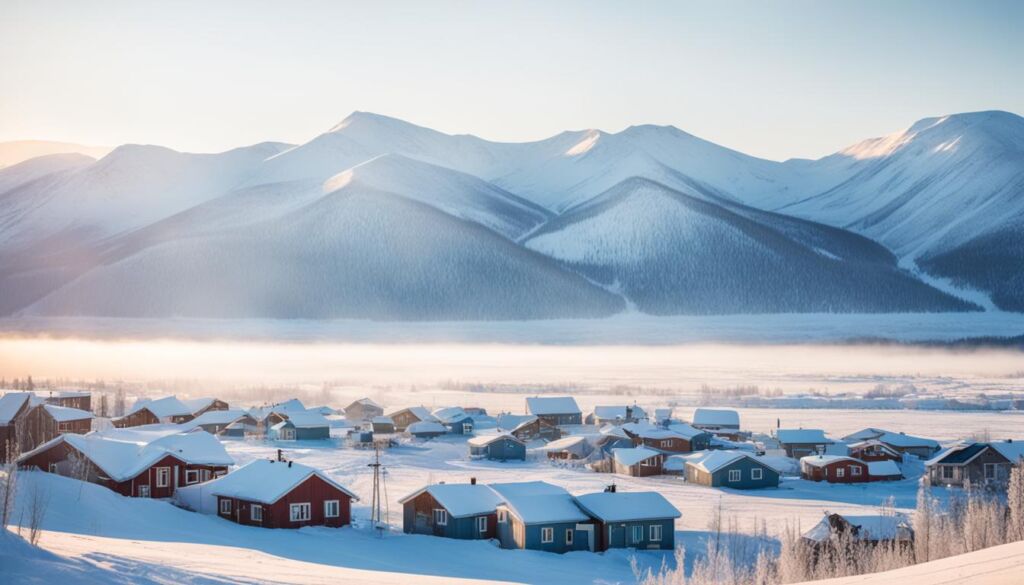
Oymyakon is a village in Russia known as the coldest place where people live. It’s in the Sakha Republic. Here, the temperatures stay below freezing mostly. The people living here show how tough and adaptable we are in harsh weather.
Extreme Conditions of Oymyakon
Oymyakon’s conditions are extremely tough. In winter, it’s usually around -50°C. January 1931 was the coldest month, at -65.4°F. Temperatures even drop below -76°F sometimes. The lowest ever was in February 1933, at -89.9°F. It’s an extreme place for sure.
Daily Life in Oymyakon
About 500 people live in Oymyakon. They rely on old ways like fur trading and hunting to live. Schools close only when it’s colder than -67°F. There’s a weather station to always know how cold it is. Everyone’s daily life is built around the freezing cold.
Temperature Records
Oymyakon is known for its cold records. February 1933 was the coldest, at -89.9°F. The lowest ever was -71.2°C. Surprisingly, it can get as hot as 94.3°F in summer. This shows how wide the temperature gap is in Oymyakon, from extreme cold to occasional heat.
Denali, Alaska: The Coldest Place in the United States
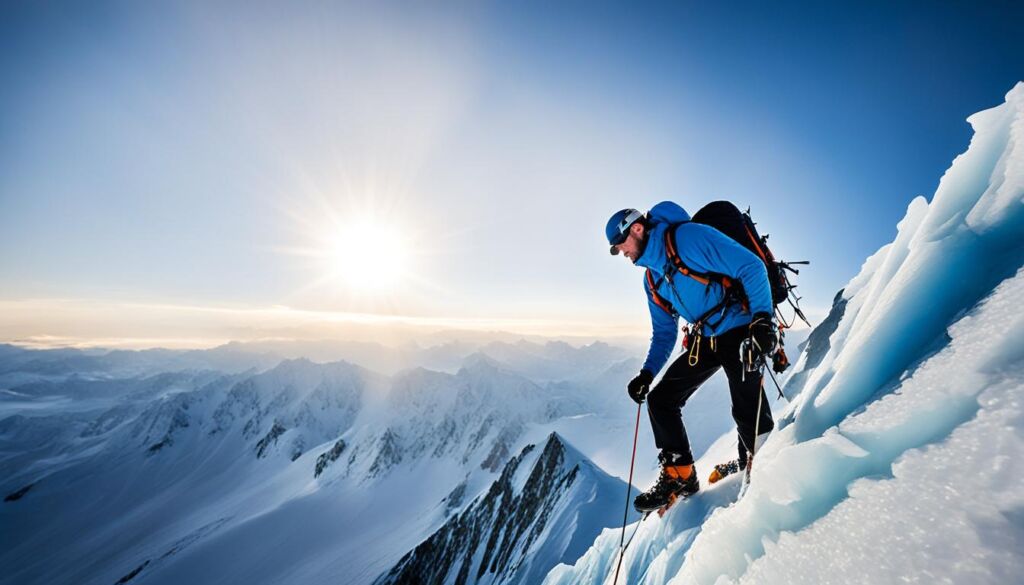
Denali is the highest peak in North America. It has a special mix of beauty and extreme challenge. This peak, known as Mount McKinley before, is famous for its cold weather records.
A temperature of -75.5°F (-59.7°C) was recorded on December 1, 2013. This makes Denali the coldest spot in the United States. This cold place is tough for climbers but helpful for scientists.
Other places like Prospect Creek, Alaska have also been very cold. It hit -78.8°F (-61.6°C) in January 1971. Denali’s beautiful but tough conditions attract both adventurers and scientists.
Denali’s cold records go further:
| Location | Record Low Temperature | Date |
|---|---|---|
| Denali, Alaska, USA | -75.5°F (-59.7°C) | December 1, 2013 |
| Prospect Creek, Alaska, USA | -78.8°F (-61.6°C) | January 1971 |
| Rogers Pass, Montana, USA | -69.7°F (-56.5°C) | January 1954 |
| Snag, Yukon, Canada | -80.86°F (-62.7°C) | February 1947 |
For those into extreme mountaineering, Denali is a big deal. It’s a place where explorers can test their limits. Its geology and climate make it a top spot for adventurers.
The world’s coldest places: Combining Natural Wonders and Human Endurance
The world’s coldest places are amazing to climatologists and show how strong people are. They let us learn about adapting to extreme cold and are incredibly beautiful.
Historical Temperature Records
Oymyakon, Russia, is the coldest place where people live. It gets as cold as -50°C in January. Sometimes, it even reaches -60°C. Yakutsk, also in Russia, gets as cold as -50°C. Dudinka in the Arctic has January temperatures of about -30°C, lasting from October to May. The coldest natural temperatures ever recorded include -93.2°C in the Eastern Antarctic Plateau and -67.8°C in Verkhoyansk, Siberia.
Human Settlements and Scientific Bases
Places like Ulaanbaatar, Mongolia, and Yellowknife, Canada, show human strength in the cold. They can get as cold as -40°C. But, people not only live there but do well. Research stations like Vostok in Antarctica hit a record low of -89.2°C. This is where big discoveries in weather are made. Greenland’s Klinck Station and Dome Fuji in Antarctica are important for science too.
Importance of Coldest Places in Research
Cold places like the Eastern Antarctic Plateau, which gets to -98°C, are perfect for studying. We learn a lot about the Earth’s climate, our bodies, and space. Research in these areas helps us know more about the Earth’s past and what might change in the future.
The effort to live in these bitter cold places shows how tough people are. It merges natural beauty with the desire to understand our world.
Conclusion
The coldest places on Earth really get us thinking. They are so cold and beautiful. Places like the Eastern Antarctic Plateau, Vostok Station, and Oymyakon are known for their super low temperatures. They also show how strong people can be and how we learn new things.
In Ulaanbaatar, Mongolia, it’s super cold in January, about -14.62°F. But people still live there. The North Ice and Vostok stations have done big research. They teach us a lot about how tough people and our planet are.
Places like Dome Fuji and Dome Argus areas have seen temperatures as low as -144°F. People have worked hard there to understand Earth better. It’s all about learning how our planet works in such difficult places.
To live and work in these places, you need to be very smart and adaptable. They show how strong we are and how we learn new things. People there are looking into harsh winters in North America and Climate Change. By doing this, they want to know more and more. And this knowledge helps us take on big challenges despite what it looks like.



